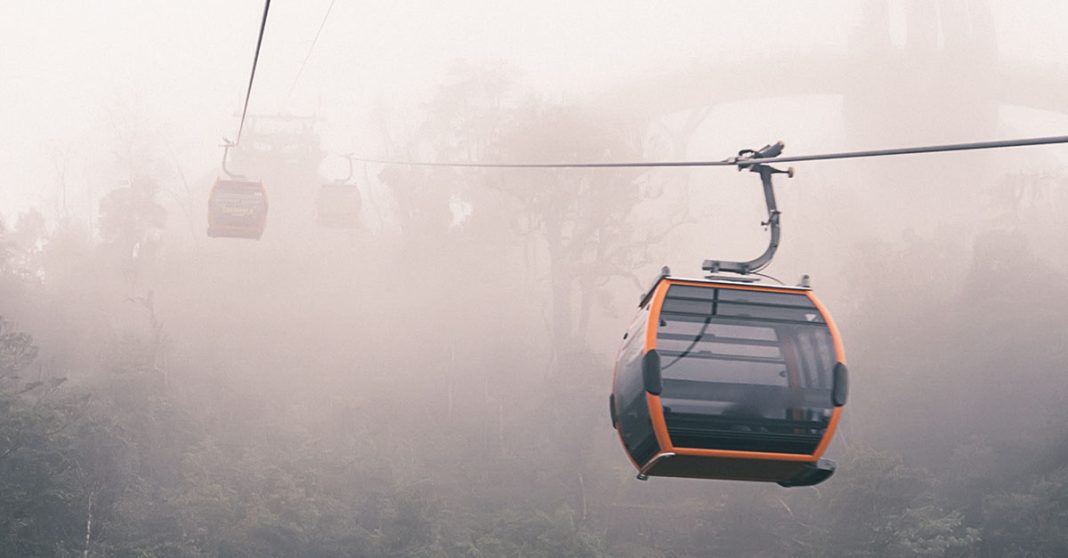Cable cars are often a staple to a country’s tourism development and modernization, yet Laos and Brunei remain the only two countries in ASEAN to not have one.
Cable cars have long held a position of prominence in the tourism industry of ASEAN nations, as a source of both convenience and attraction to visitors. They allow tourists to visit iconic destinations like the renowned Ba Na Hills in Da Nang, Vietnam, to experience Genting Highlands, Malaysia’s mountain-top city, to name a few.
However, what may come as a revelation is that among the ten ASEAN nations, Laos and Brunei are currently the only “countries without a cable car.”
Though cable cars may appear to be a minor aspect of tourism infrastructure, they boast a host of advantages.
For one, they grant access to picturesque and mountainous regions, which Laos has in abundance. This accessibility provides tourists with a distinct perspective of a nation’s topography, enriching their travel experiences.
They also promote sustainable tourism, by minimizing its environmental footprint when compared to conventional transportation methods and causing minimal disruption to natural habitats.
In some instances, cable cars can also be utilized as a marketing tool to create landmarks and attractions that become focal points for tourism campaigns, making the destination more marketable.
But tourism is not the only way cable cars are utilized, as seen by the construction of Columbia’s “Metrocable” in 2004.
Pioneered as the first use of cable cars in urban transportation, the Metrocable in Medellín, Colombia has paved the way for projects around the world, such as the Great Han River Project Plan in Seoul, Korea, or the IFS Cloud Cable Car in London, England.
According to the World Bank’s “Urban Aerial Cable Cars as Mass Transit Systems” report, utilizing cable cars allows countries to overcome accessibility and connectivity issues with rural residential areas located among mountains.
Now, although Laos may not currently have dire mobility issues, the installation of cable cars could incentivize tourists to visit regions that may have earlier been inaccessible.
To this effect, H&B Development Co., Ltd. from the Republic of Korea and Laos’ Multiplex Co., Ltd. signed an MoU to develop a 1,400 km cable car project in Vang Vieng district, Vientiane Province in July 2022. Following the signing of the MoU, a feasibility study was conducted, to understand the possibility of adding additional tourist attractions to the hotspot.
Additionally, the ASEAN-German cooperation Sustainable Design of Urban Mobility in Middle-Sized Metropolitan Regions (SMMR) project, has started with a visioning workshop for the Vientiane – Nong Khai Cable-Car Project with Lao and Thai authorities.
The project aims to create a high-quality, high-capacity cross-border connection between public transport networks in Laos and ton order to cater to the expected increase of cross-border traffic and to attract regional and international tourism through inclusive, safe, and sustainable modes of transport.
If both these projects were to become a reality, Laos would be able to further boost its tourism industry, by making travel to remote or even popular attractions more accessible and convenient for visitors.



